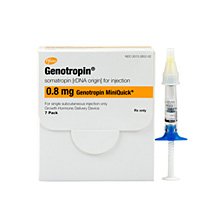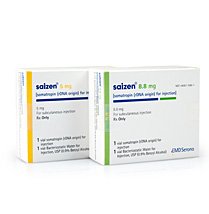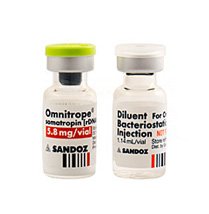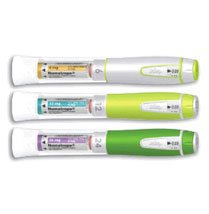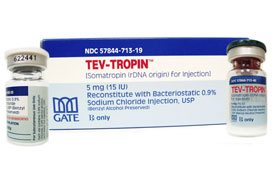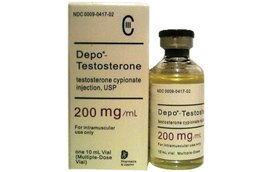Estrogen with Progesterone Therapy

The use of estrogen with progesterone therapy for the treatment of menopause is not without controversy. Hormone replacement therapy has its pros and cons, and it is important to know exactly what your body requires, as well as what is safe and what is not.
HRT replaces crucial hormones that your body no longer provides. During menopause, the ovaries begin to decrease and then cease production of progesterone, estrogen, and testosterone. Although the adrenal glands do continue to provide a very small amount of progesterone and testosterone, it is not enough to offset the level of estrogen in some women. If you are overweight, your belly fat produces an increased supply of the enzyme aromatase that converts any free testosterone it can find into estradiol, a form of estrogen. This can lead to a condition called estrogen dominance where estrogen levels go unopposed by progesterone.
The risks of estrogen-progesterone therapy do not impact this condition the way that taking estrogen by itself will. If you increase the amount of estrogen in someone who already has an abundance of this hormone compared to the others, you can stimulate the problems even more.
Research years ago scared many women and doctors away from hormone replacement due to apparent estrogen-progesterone therapy risks that included heart attacks, blood clots, and breast cancer. For many women, it was just not worth it to take on these risk factors, and they decided to put up with the annoying effects of hot flashes and night sweats. Unfortunately, some of the other issues associated with menopause made this decision troublesome.
Hormonal decline in the body can also lead to osteoporosis, diabetes, dementia, heart disease, obesity, atherosclerosis, high blood pressure, and other health concerns. What many people did not realize at the time of the Women’s Health Initiative (WHI) was that the study did not look at the use of bioidentical progesterone, but rather at synthetic progestin. These are two very different substances, as explained below:
- Progestin is lab synthesized medication that carries out many of the same actions as natural progesterone but does not have the same biological make-up. This means that it must first undergo synthesis in the body before its properties become available. Progestin was discovered to increase the risks associated with HRT.
- Progesterone, although also compounded in the lab, has the same biological properties as its natural secreted counterpart. The body recognizes this as a safe supplement, and it does not increase the potential for heart attack, stroke, blood clots, or breast cancer, making this form of estrogen-progesterone replacement therapy safe to use for many females.
When is Estrogen Used with Progesterone?
The benefits of estrogen-progesterone therapy cannot be diminished or overlooked, but knowing when to use these treatments together is essential for a positive outcome.
Estrogen should never be used by itself for women who still have a uterus. Estrogen use alone can lead to an overgrowth of uterine cells and excess build-up of endometrial tissue. The use of estrogen with progesterone therapy can prevent this build-up and reduce the risk of developing endometrial cancer.
Although some doctors do still prescribe estrogen with progestin, a woman should do the research and ask her physician to use a natural form of progesterone rather than the synthetic version.
When Should Progesterone and Estrogen be Used Separately
Estrogen therapy by itself is often the standard procedure for women undergoing surgical removal of the uterus – hysterectomy – either with or without an oophorectomy (removal of the ovaries). This, however, may also not be the best option for women who might have higher than normal estrogen levels as compared to progesterone.
It is important to point out that progesterone levels tend to decline to near zero after oophorectomy, and this can lead to other issues as progesterone is the precursor hormone to testosterone, cortisol, and other vital chemicals that the body still needs.
For that reason, we recommend discussing estrogen-progesterone hormone therapy with an experienced hormone replacement therapy specialist and not just one’s longstanding gynecologist. Some practitioners in women’s health specialize as OB/GYN experts, and have more knowledge in the reproductive years and not as much as women age. You want to find a doctor who knows as much as possible about changing hormone levels to get the best possible treatment for your needs.
In some cases, a female may not require estrogen/progesterone treatment, but rather only the use of natural progesterone cream to balance out her hormone levels. The HRT specialist will run blood tests to determine precisely what type of treatment can best serve the interest of the individual.
For additional information and a confidential consultation at no charge, please contact Greenberg Health at 877-925-5577 or complete the form below.


















 Norditropin
Norditropin